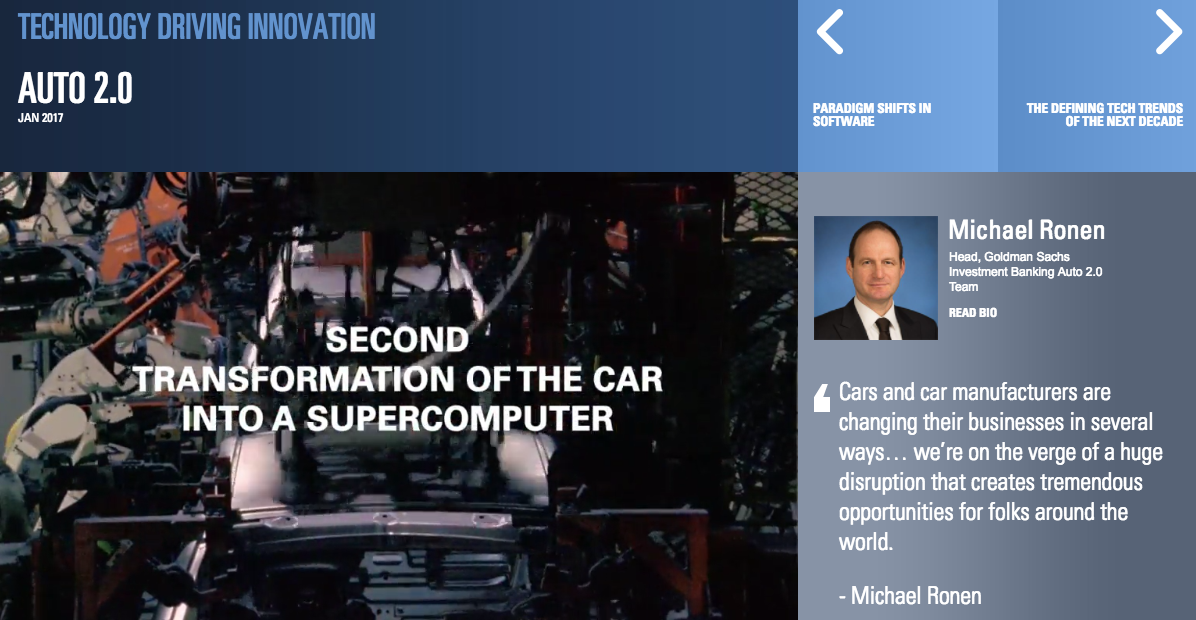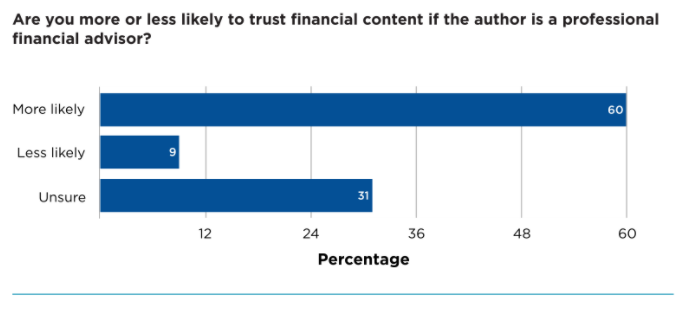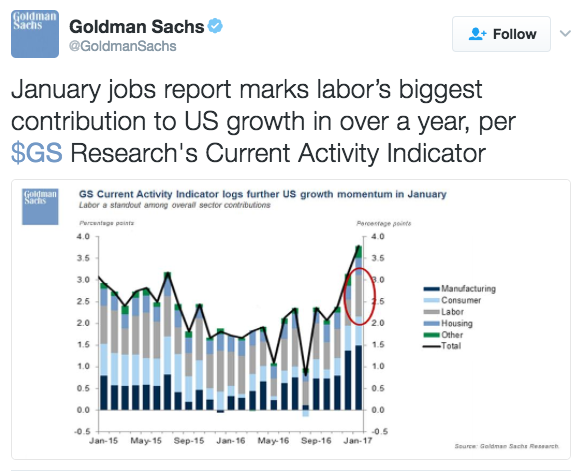Brands
How Finance Brands Like Goldman Sachs Use Content to Build Trust and Win Customers
It’s no secret that trust in the financial sector took a hit after the 2008 financial crisis. This is particularly true among millennials, who, in 2016, overtook baby boomers as the largest generation.
More than any previous generation, millennials have shown reluctance to engage with the finance industry: Just 1 in 3 millennials have money in the stock market, only 33 percent own a credit card, and homeownership among millennials is historically low. A Contently survey from 2016 showed that 30 percent of millennials didn’t trust financial services companies, while 43 percent were unsure.
Finance firms aren’t the only thing millennials tend to mistrust. Disruptive advertising has also been particularly ineffective for reaching the generation. Most YouTube ads, for example, are skipped as soon as possible by millennials—assuming they’re even watched in the first place. Two-thirds of millennials use adblocking software.
Content, on the other hand, is proving to be a more customer-friendly option. In our survey, 47 percent of millennials indicated they’d be more likely to trust a financial services company if it created useful content.
“I think the generations that are coming up today demand transparency and engagement from brands,” said Amanda Rubin, global co-head of brand and content strategy at Goldman Sachs. “They want to sit across the table with a company that they understand more holistically.”
Leveraging expertise and building trust
Though the finance industry remains highly regulated, marketers are not shying away from using experts to earn trust with their content.
“Readers really want to see you being unbiased… The more that you have financial experts or people that truly know what they’re talking about writing these articles and by-lining them the better,” said Meredith Wood, VP of content at Fundera, a small business loan fintech startup.
At Goldman Sachs, expertise is abundant. Though the firm cannot legally provide financial advice, the content features insights from Goldman’s research team and other experts to provide insight on a variety of business and general interest topics, such as the future of cars, biotechnology, the workplace, and so on.

“There’s some tremendous thinking that goes on here that can be leveraged for broader consumption,” Rubin said. “We’re all about creating value for the external audiences, and that’s partly why we’ve moved toward content.”
The result is content that builds trust, which is key for finance brands hoping to develop relationships with loyal customers during a highly competitive time.

‘Social-first’
Some finance brands are finding it difficult to get their content seen, even if the quality is there. Not surprisingly, they’re turning to where millennials—and increasingly the internet as a whole—spend their time: social media.
Lindsey Burgess—CMO of You Need a Budget (YNAB), a B2C financial planning software platform—said that while the company focuses on Google and Facebook as its primary distribution channels, it’s next to impossible to drive organic traffic from the platforms. That’s been a continual trend as platforms tighten their grip over organic reach—Facebook, for example, has curtailed organic reach for brands from a high of 12 percent in 2013 to practically nothing today.
“We run a lot of ads and we boost all our content because otherwise really no one will see it. That continues to kind of get worse and worse,” Burgess said.
Goldman Sachs also runs boosted content and has recently made an effort to include in their content mix what Rubin calls “social-first” content, built for the social web. An asset isn’t just “re-imagined or distributed on social”—it was created for social.
The firm uses native video capabilities on Facebook and Twitter, and posts highly visual, topical, and shareable content like infographics. Job reports, economic models, and other economic and financial insights only Goldman Sachs can provide reign.

“What this team is trying to do is create what I call value exchanges in the digital space,” Rubin explained. “How can we provide a valuable experience to people where they come away thinking more positively about Goldman Sachs?”
Off the blog and onto the homepage
For many firms, the homepage is an (oft-neglected) hurricane of information. But if you visit morganstanley.com, goldmansachs.com, or chase.com, you’ll find something different: stories.

For these companies, the move is just part of adapting to a new digital landscape that rewards immersive storytelling experiences. Rather than tuck customer-friendly content away in a corner of the website, firms are seeing the value of making content the first stop in the customer journey.
Note: Morgan Stanley and Chase are both Contently clients.
According to Rubin, putting the content on the homepage also reflects “the way the media landscape is moving,” where valuable content experiences are needed to capture people’s attention.
Fundera had a revelation last year when it moved high-performing utility content from its blog to a resources page. Not only did the content help dramatically improve website SEO, it also increased opportunity creation by 60 percent.
“We moved the pages off the blog and allowed it to be a little bit more of an experience with calls to action and that sort of thing… it’s a better environment to make the sale,” Wood said.
Evolving measurement
Finance is driven by numbers—and content marketing in the industry is no different. Though most admit that proving ROI is a constant work-in-progress, measurement is getting more sophisticated.
For many marketers, the challenge is less finding data than sifting through it.
“We’re 100 percent digital, so there are positives and negatives that come with that. A lot of data is thrown at us. We see a lot of data, some of which is useful and some of which is not,” Rubin said.
For Goldman Sachs, the company’s goal in advertising is mostly centered around building the brand rather than funneling customers through a sales journey, and as a result it is focused on engagement and improving its reputation rather than click-through-rates or views. The firm also regularly examines production numbers to make sure content creation is as cost-effective as possible.
Tracking the customer journey through the funnel is also key.
“Are they going deeper in your funnel with your content? Do you have an opportunity to retarget them? It’s engagement first, but are they furthering their consideration of the brand?” Bob Mirales, director of content development and delivery at Bank of America, said at a recent Contently salon.
For YNAB, trial sign-ups are the key metric. Burgess explains that while most of her team comes from an agency background and likes tracking things like shares and comments, none of it matters if the content fails to drive sign-ups.
Wood takes a holistic view when it comes to tracking success: Traffic metrics, SEO, and engagement at the top, conversion metrics like newsletter signups and applications in the middle, and finally qualified opportunities and closed business at the bottom. And it works: According to Wood, the content team is responsible for 40 percent of opportunities and 40 percent of the company’s revenue.
“It’s huge, when you stop and think about it,” she said
This is an excerpt from our report, “New Money: How Top Finance Brands Use Content Marketing to Win in a Customer-Centric World.” Download it here.
Get better at your job right now.
Read our monthly newsletter to master content marketing. It’s made for marketers, creators, and everyone in between.




